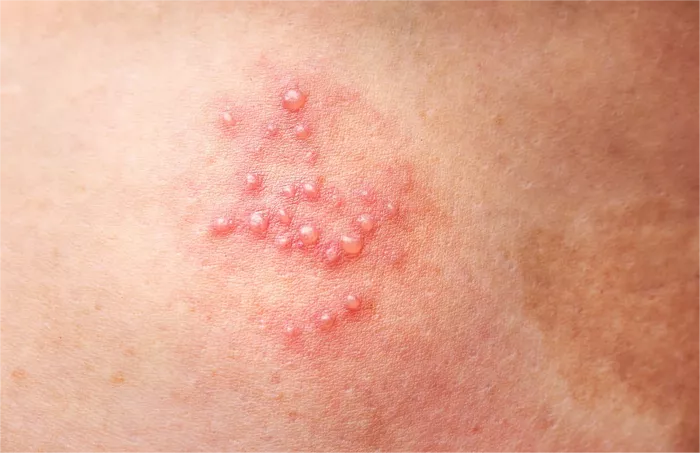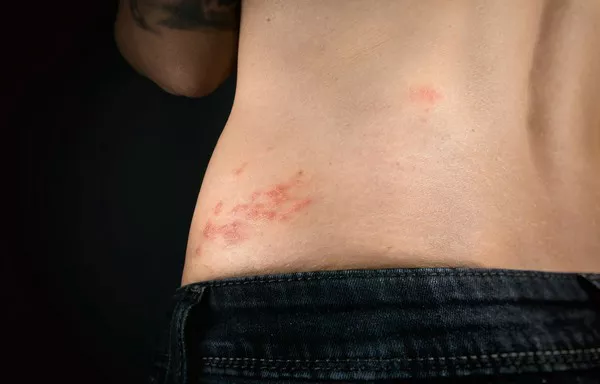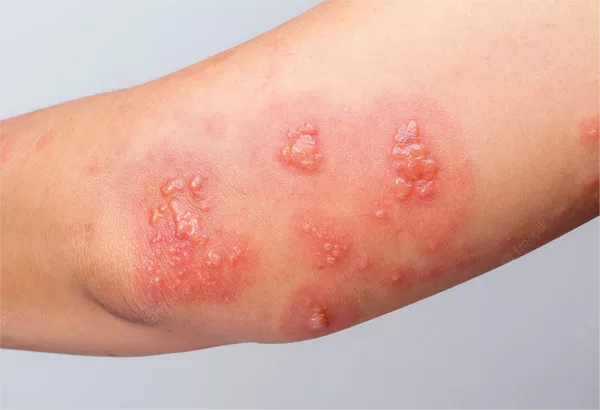Shingles, also known as herpes zoster, is a viral infection that causes a painful rash. It occurs due to the reactivation of the varicella-zoster virus, the same virus that causes chickenpox. Many people wonder how contagious shingles is and how it spreads. In this article, we will explore the contagiousness of shingles, its transmission methods, symptoms, and prevention strategies.
Understanding Shingles
What Is Shingles?
Shingles is a painful skin rash that can occur in anyone who has had chickenpox. After recovering from chickenpox, the virus remains dormant in the nervous system. It can reactivate years later, leading to shingles. The rash typically appears on one side of the body, often on the torso or face. It usually starts as red patches that develop into blisters.
Symptoms of Shingles
The symptoms of shingles may vary from person to person. Common symptoms include:
Pain: Often described as a burning or tingling sensation.
Rash: Red patches that develop into fluid-filled blisters.
Itching: The rash can be itchy.
Fever: Some individuals may experience a mild fever.
Fatigue: Feeling tired or unwell can accompany the rash.
The rash usually heals within 2 to 4 weeks, but the pain can persist even after the rash disappears, a condition known as postherpetic neuralgia.
How Is Shingles Spread?
Contagiousness of Shingles
Shingles is not considered highly contagious. However, it can be spread under certain circumstances. The varicella-zoster virus can be transmitted from a person with shingles to someone who has never had chickenpox or has not been vaccinated against it. In such cases, the exposed person may develop chickenpox, not shingles.
Transmission Methods
Direct Contact: The primary way shingles spreads is through direct contact with the fluid from the blisters. If someone touches the rash or blisters of a person with shingles, they can become infected.
Airborne Transmission: While less common, it is possible for the virus to spread through the air if the shingles rash is located in a part of the body that can release the virus into the environment. This is typically not a significant concern, as the virus does not linger in the air like other viruses.
Risk Factors for Transmission
Unvaccinated Individuals: Those who have never had chickenpox or have not received the chickenpox vaccine are at higher risk.
Immunocompromised Individuals: People with weakened immune systems are more susceptible to contracting the virus.
Precautions to Prevent Spread
When Is Shingles Contagious?
A person with shingles is contagious from the time the rash appears until the blisters have crusted over. This usually takes about 7 to 10 days. It is crucial to take precautions during this period to avoid spreading the virus.
Prevention Strategies
Avoid Direct Contact: Stay away from individuals who have not had chickenpox or the chickenpox vaccine. Avoid touching the rash or blisters.
Cover the Rash: Keep the rash covered with a clean, dry bandage to prevent direct contact.
Wash Hands Frequently: Good hand hygiene can reduce the risk of spreading the virus. Wash hands thoroughly with soap and water after touching the rash.
Avoid Sharing Personal Items: Do not share towels, clothing, or other personal items that may come into contact with the rash.
Stay Away from Vulnerable Populations: If you have shingles, avoid close contact with pregnant women, newborns, and individuals with weakened immune systems until the rash has healed.
Who Is at Risk?
Individuals Who Can Get Shingles
Anyone who has had chickenpox is at risk for developing shingles. However, certain factors can increase the likelihood of a shingles outbreak:
Age: People over 50 are at higher risk.
Immune System Issues: Those with weakened immune systems, such as people with HIV/AIDS or cancer, are more susceptible.
Stress: High levels of stress can trigger a shingles outbreak.
Vaccination
The shingles vaccine, known as Shingrix, is recommended for adults aged 50 and older. It helps reduce the risk of developing shingles and can also decrease the severity of the disease if it does occur. Vaccination is a crucial step in preventing the spread of the virus.
What to Do If You Have Shingles
Seeking Medical Attention
If you suspect you have shingles, consult a healthcare professional promptly. Early treatment can help alleviate symptoms and reduce the risk of complications.
Treatment Options
Antiviral Medications: These medications can shorten the duration of the outbreak and help reduce pain. They are most effective when taken within 72 hours of the rash appearing.
Pain Relief: Over-the-counter pain relievers, such as ibuprofen or acetaminophen, can help manage discomfort.
Topical Treatments: Calamine lotion or other soothing lotions can relieve itching and discomfort.
Complications of Shingles
Postherpetic Neuralgia
One of the most common complications of shingles is postherpetic neuralgia. This condition causes severe pain in the area where the shingles rash occurred, lasting for months or even years. The pain can be debilitating and may require additional treatment.
Other Potential Complications
Vision Loss: If shingles affects the eye, it can lead to serious complications, including vision loss.
Bacterial Infections: The rash can become infected with bacteria, leading to further complications.
Neurological Issues: In rare cases, shingles can lead to neurological problems, such as meningitis.
Conclusion
In summary, shingles is not highly contagious, but it can spread to individuals who have never had chickenpox or been vaccinated. The virus primarily spreads through direct contact with the rash. Taking precautions, such as covering the rash and practicing good hygiene, can help prevent transmission. If you suspect you have shingles, seek medical advice promptly. Vaccination is a vital tool in preventing shingles and its complications. Understanding shingles and its contagiousness can help you protect yourself and others.
Related topics:


























